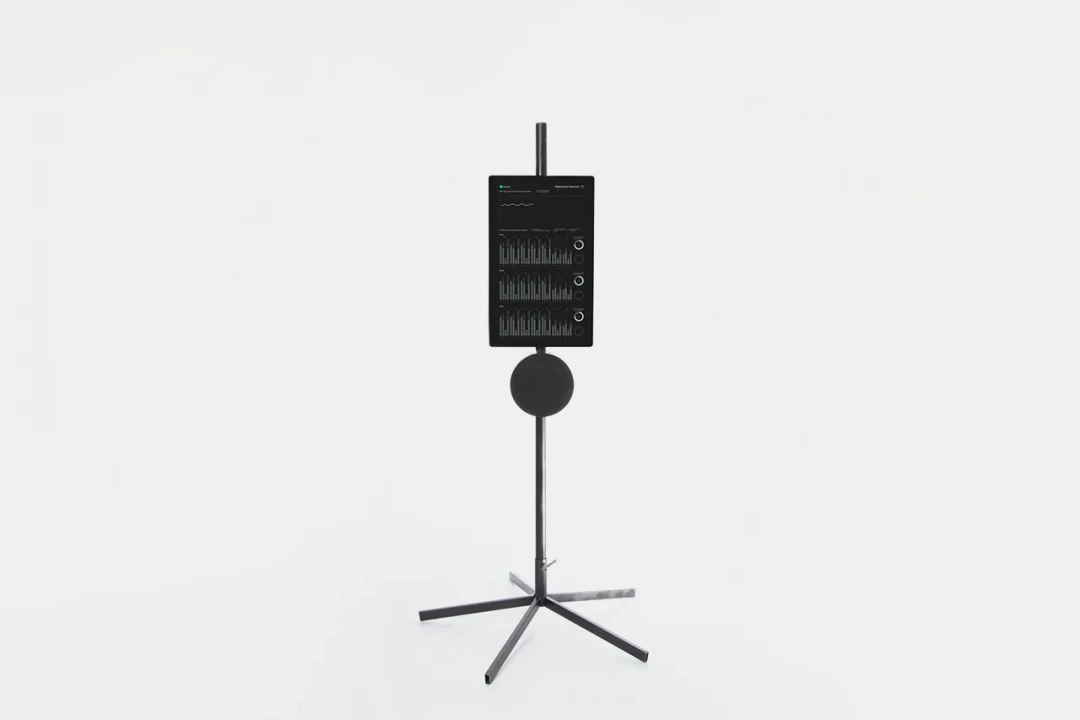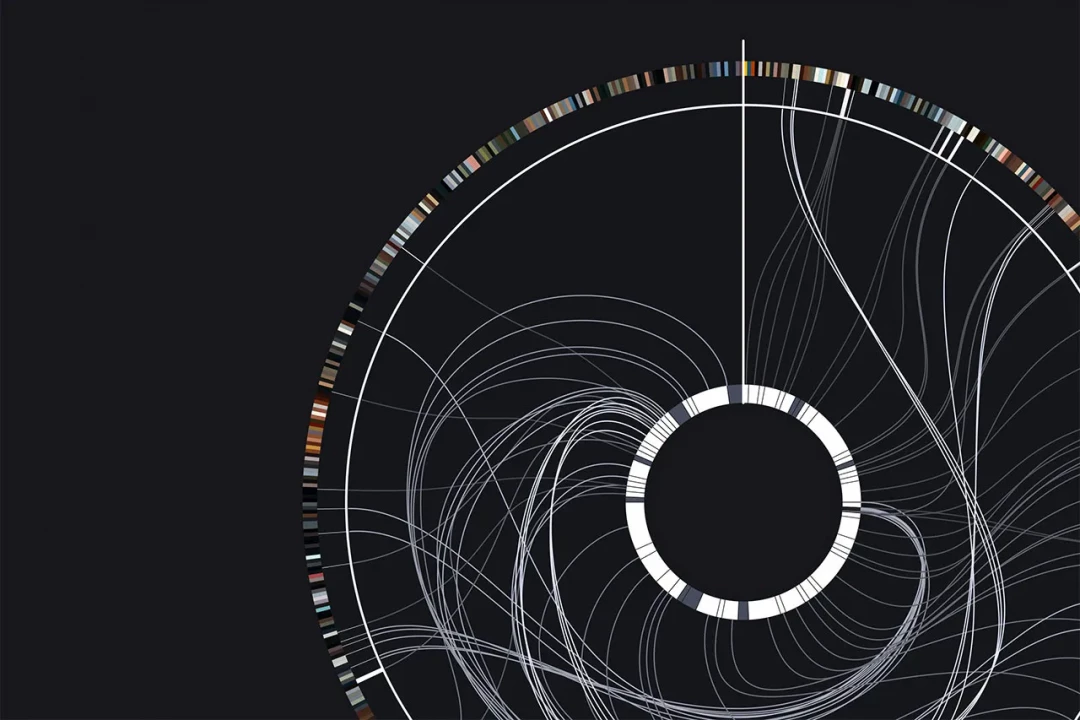HzSpeech deals with the phenomenon of infrasound and the recognition of emotions in speech through the analysis of acoustic characteristics. The artistic installation analyzes spoken language solely based on its acoustic characteristics. It makes its emotional timbre tangible, audible and visible in the form of acoustic patterns of low frequencies of infrasound and through a particle system sensitive to these frequencies.

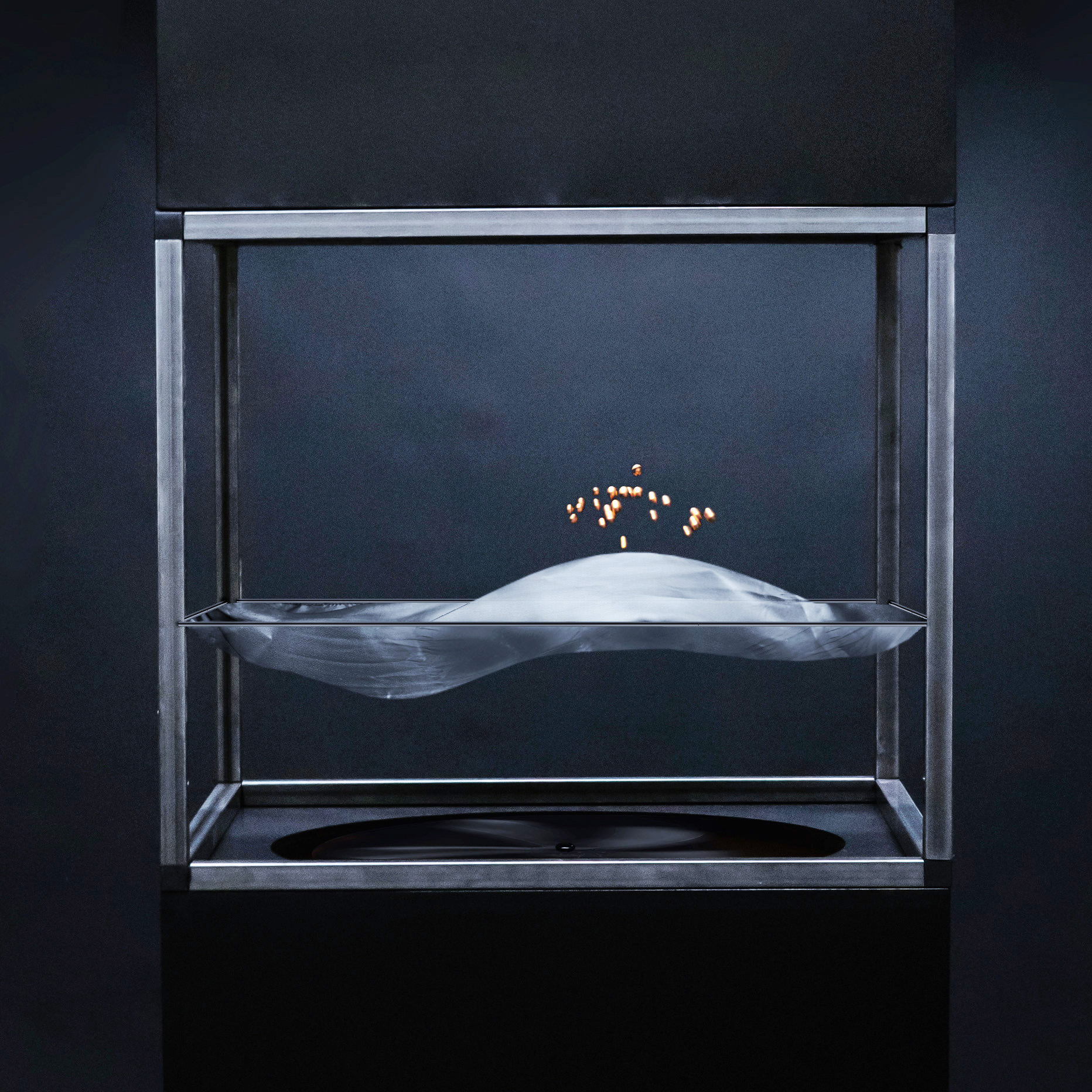
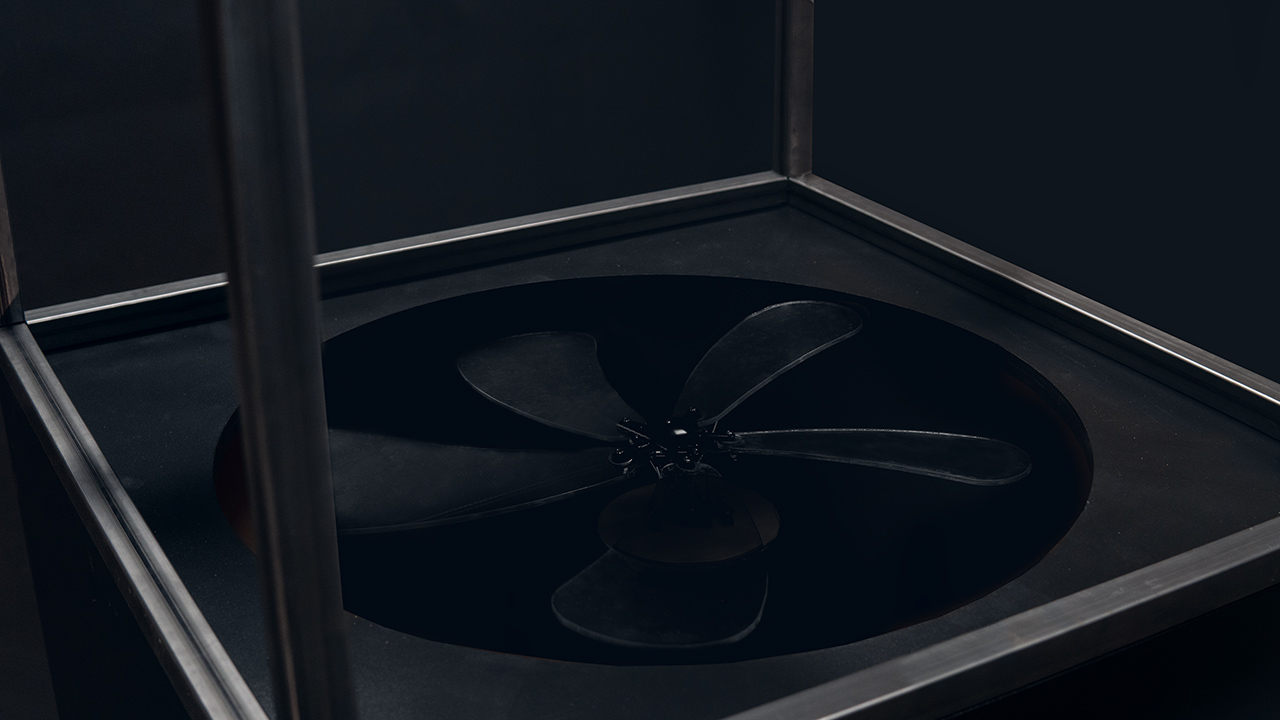

-
Custom-made Rotary Subwoofer
three phase motor – flybarless rotor head
1000w subwoofer driver – amplifier
custom parts (PLA, metal)
The rotary subwoofer uses a speaker-voice coil’s motion to alter the propeller's pitch at a constant speed. The voice coil’s audio signal controls the fan blade's pitch and ensures the subwoofer reproduces low audio frequencies by compressing the air in a sealed room.
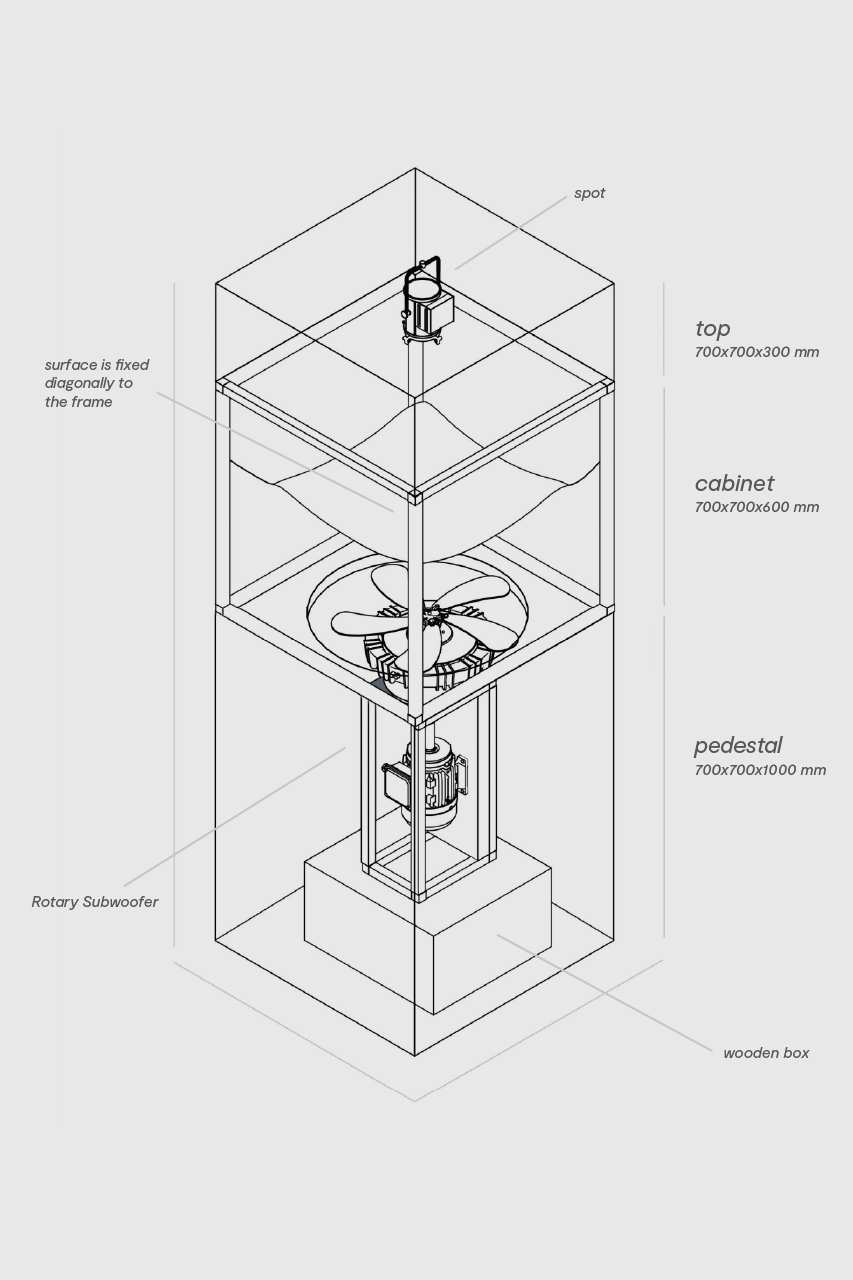
Interface & Speech Analysis
First, the voice recordings by emodb and the SAVEE database are analyzed based on their acoustic properties and visualized with spectrograms. Subsequently, the findings are summarized on a website to highlight differences and similarities.
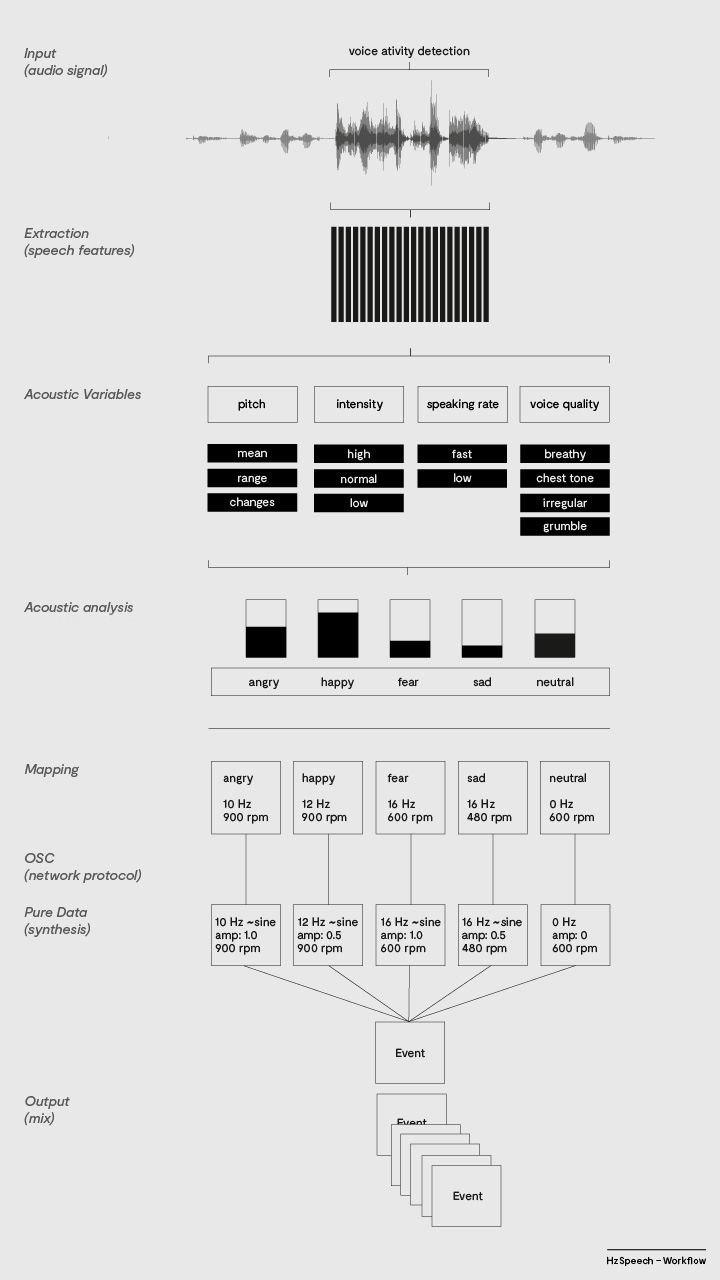
Afterward, the recognized speech signals are extracted, analyzed for their acoustic properties, and evaluated using different tools. Finally, the recognized emotion in the timbre is mapped to a specific frequency, which changes the blades' tilt and speed. The resulting infrasound generates different patterns through its low frequencies, which are assigned to the corresponding emotion and visualized by a particle system.

Credits
bachelor thesis, 2019
supervision by Prof. Hannes Nehls, Prof. Bastian Beate
